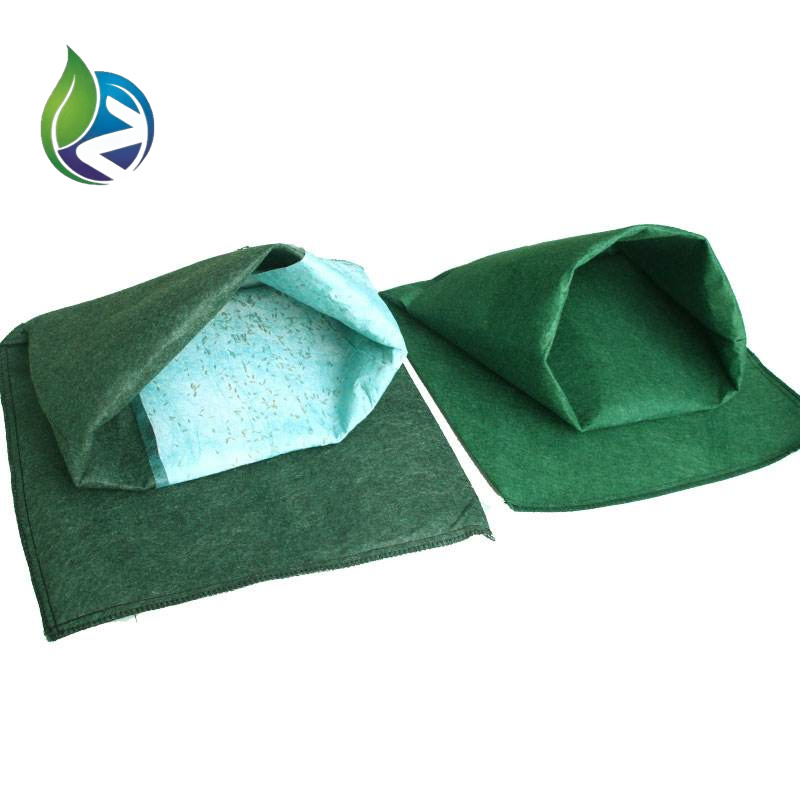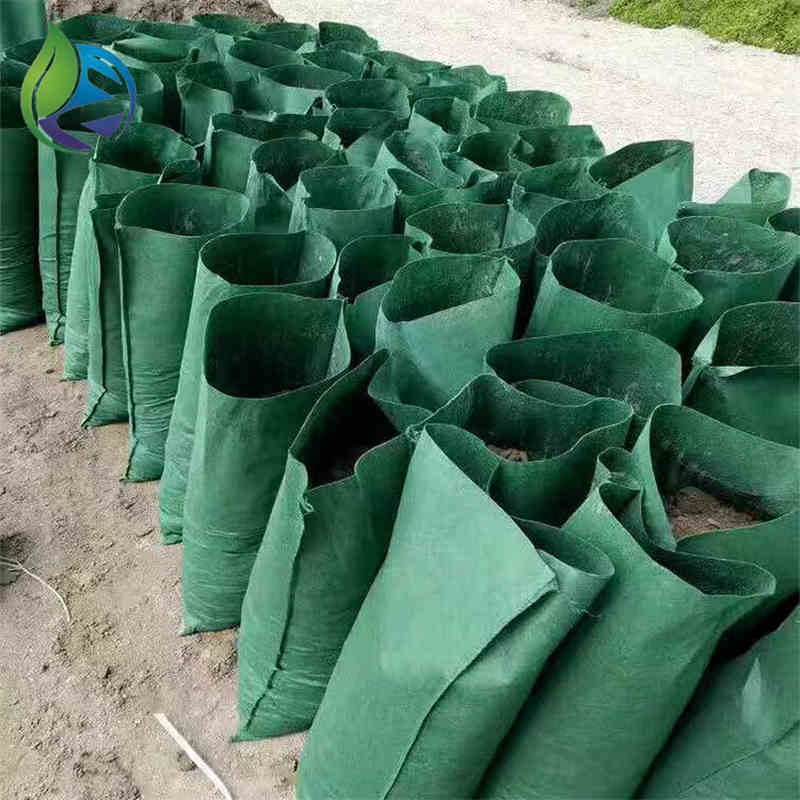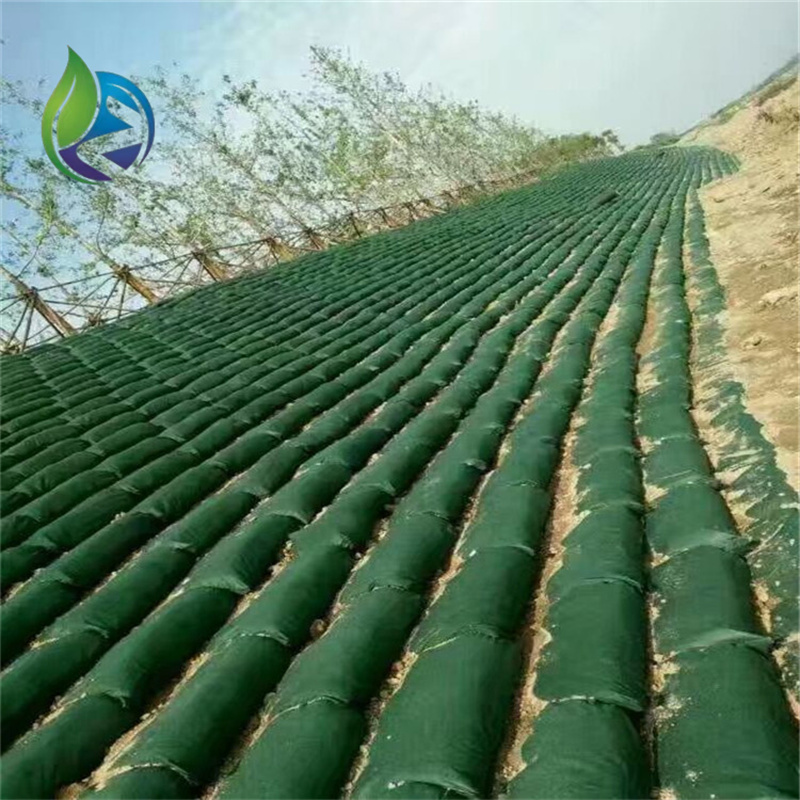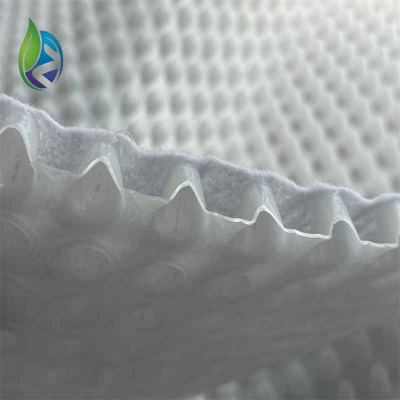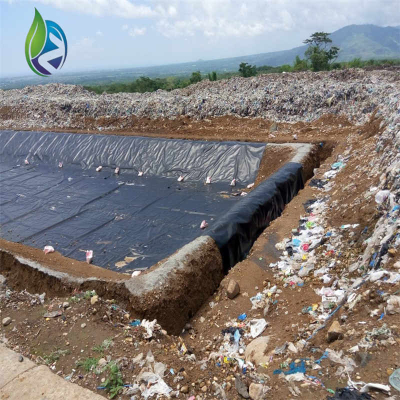Ecological Bag Slope Protection Greening Function
Ecological Bag Slope Protection Greening Function: A Sustainable Solution for Modern Landscaping
Understanding the ecological bag slope protection greening function is crucial for promoting sustainable development, preventing soil erosion, and enhancing the beauty of landscapes. As infrastructure and environmental protection efforts evolve, the use of ecological bags in slope protection has become increasingly widespread. The ecological bag slope protection greening function combines engineering stability with environmental restoration, offering a powerful tool for eco-friendly construction projects.
What Are Ecological Bags?
Before exploring the ecological bag slope protection greening function, it’s important to understand ecological bags themselves. These are specially designed, durable, and breathable bags filled with soil or planting materials. Made from high-strength synthetic fibers, ecological bags resist UV rays, chemicals, and microbial degradation, making them ideal for long-term applications.
By using ecological bags, the ecological bag slope protection greening function enables both structural stability and plant growth, creating a living green barrier against erosion.
The Core of Ecological Bag Slope Protection Greening Function
The ecological bag slope protection greening function operates on two core principles:
Physical Protection: Ecological bags stabilize the slope structure, resisting landslides and surface erosion.
Biological Greening: Plants grown in the ecological bags take root into the slope, further reinforcing the soil while enhancing biodiversity.
This synergy between engineering and biology is the heart of the ecological bag slope protection greening function.
Major Advantages of Ecological Bag Slope Protection Greening Function
Understanding the advantages of the ecological bag slope protection greening function highlights why it’s a preferred method:
Excellent Erosion Control: Prevents soil loss on steep or unstable slopes.
Eco-Friendly: Encourages vegetation growth without heavy reliance on concrete or synthetic coverings.
Cost-Effective: Reduces construction and maintenance costs compared to traditional retaining walls.
Improved Aesthetics: Creates natural green landscapes that blend seamlessly with the environment.
Enhanced Stability: Roots and ecological bags work together to strengthen the slope over time.
Each benefit makes the ecological bag slope protection greening function an outstanding solution for modern projects.
Key Applications of Ecological Bag Slope Protection Greening Function
The ecological bag slope protection greening function is widely used across multiple fields:
Highways and Railways: Stabilizing roadside embankments and cut slopes.
Riverbanks and Lakesides: Controlling erosion while promoting aquatic and riparian habitat.
Urban Green Spaces: Constructing green walls and terraced gardens.
Mining Site Restoration: Rehabilitating disturbed landscapes with sustainable vegetation.
In each application, the ecological bag slope protection greening function contributes to both safety and ecological improvement.
How Ecological Bag Slope Protection Greening Function Works
To maximize the ecological bag slope protection greening function, the following steps are typically involved:
Site Preparation: Clear debris and grade the slope surface.
Bag Placement: Stack ecological bags in a structured pattern to form stable retaining walls or terraces.
Planting and Seeding: Insert seeds or plants into the bags to establish vegetation.
Irrigation and Maintenance: Support plant growth until full root establishment.
With time, the plants' root systems intertwine with the ecological bags and underlying soil, reinforcing the entire slope structure and optimizing the ecological bag slope protection greening function.
Environmental Significance of Ecological Bag Slope Protection Greening Function
The ecological bag slope protection greening function is not just about engineering but also about restoring the natural balance. It supports:
Biodiversity Enhancement: Provides habitat for insects, birds, and small animals.
Carbon Sequestration: Plants absorb CO₂, contributing to climate change mitigation.
Water Management: Improves rainwater infiltration and reduces surface runoff.
By integrating construction with ecological goals, the ecological bag slope protection greening function helps build a more resilient and sustainable future.
Conclusion
The ecological bag slope protection greening function represents a smart, eco-conscious approach to slope stabilization and land restoration. By combining physical protection with natural greening, it offers a long-term, sustainable solution for a variety of challenging environments. Whether you’re working on infrastructure, environmental rehabilitation, or urban landscaping, understanding and applying the ecological bag slope protection greening function ensures stronger, greener, and more beautiful results.
Investing in the ecological bag slope protection greening function is investing in the planet’s future.

